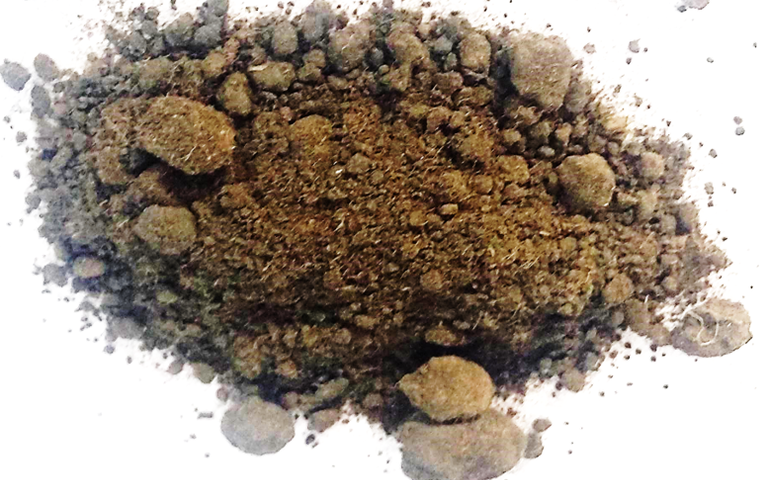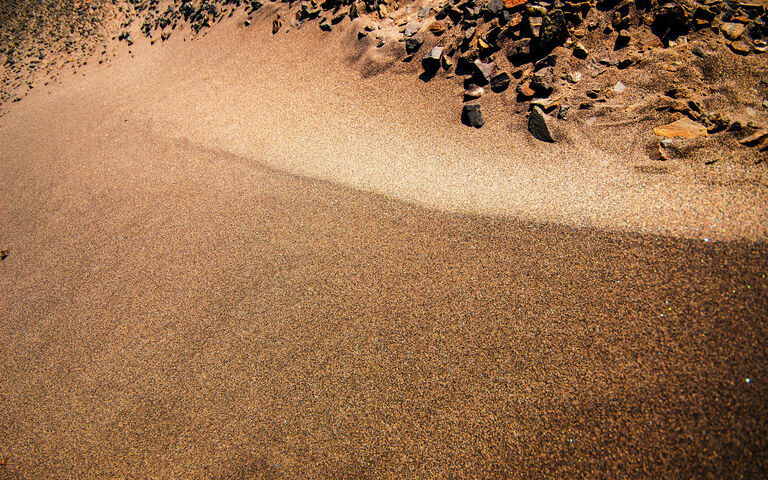
Sludge treatment − conductive sludge dryers
Conductive drying indirectly heats sludge by bringing the sludge particles into contact with an externally-heated surface
Your web browser is out of date.
Update your browser for better security, speed and to get the best experience on this website.

Sludges of different origins and characteristics exhibit different behaviours when drying. These are most readily observed by correlating the mass water flux – the mass of water evaporated per unit surface area of solids per unit time (kg m-2 s-1) – against the moisture content of the sludge. This correlation normally reveals the three different drying phases:
Processes where moisture is removed from sludge as water vapour are known as 'sludge drying'
Sludge drying processes operate at solids temperatures of 60-93 °C to encourage water to evaporate and leave a solid residue
Sludge drying processes are generally configured as convective, conductive, or as solar dryers
Solar dryers make use of renewable solar energy to dry sludge and need a larger footprint to allow for increased drying times

Conductive drying indirectly heats sludge by bringing the sludge particles into contact with an externally-heated surface

Convective sludge dryers are the most commonly used type of dryer for sewage sludge
Animation of the Drymeister (DMR-H) flash drying system − a flash drying system from Hosokawa Micron
An overview of sludge basics − an introduction to sludge and sludge theory
An overview of sludge conditioning − chemical and thermal
An overview of sludge thickening − an introduction to theory and related technologies
An overview of sludge dewatering − an introduction to sludge dewatering theory and technologies